OUR SERVICES
POWDER COATING
Powder Coating
We are committed to delivering high-quality workmanship consistently. At Advance Sprayers, we are one of only a handful of applicators in South East QLD who are Dulux Accredited. Only Dulux Accredited Powder Coaters are able to issue Dulux warranties after demonstrating their capability to meet stringent quality conditions and international standards. Our powder coating team is very experienced with our two most senior coaters having more than 40 years experience between them. We use state of the art equipment including GEMA electrostatic powder guns, two powder coating booths and two natural gas fired ovens. While no job is too small, our large oven capacity allow us to coat jobs up to 7.5 m long. We can also handle large multiples using our overhead conveyor line. With access to Dulux, Akzo and Jotun products, we provide a wide range of finishes including: • Comprehensive selection of colours • Epoxy or polyester • Smooth, textured, or ripple effect • Gloss, satin or matt finish • Zinc-shield coating option for extra corrosion protectionSPRAY PAINTING
Spray Painting
We offer industrial and commercial two pack spray painting on all materials including metal, aluminium and timber. Our range is extensive from primers through to two pack epoxy, polyurethane, chemical resistant and marine grade coatings. We have a very experienced paint team headed up by our senior painter, Jamie, who has been with Advance Sprayers for over 25 years. We can paint to specification, can offer warrantees on approved jobs & quality assurance reports and documentation, if required. Our facilities include : • Large filtered spray booths • Conventional, airless and air assisted spray equipment • Clean air room – providing an air tight, dust-free environment for a perfect finish • Overhead conveyor line – for jobs in large multiples • We can accommodate all job sizes from small household items through to large jobs like communication towers and light polesSand Blasting
We have two on-site sand blasting rooms, which means we can coat our jobs within the Australian Standard of not more than 4 hours between blasting and coating. Sand blasting cleans the steel of any rust, scale or imperfections, giving a clean surface to coat and as well as a profile the paint and powder can adhere to. We can sand blast to specification to meet Australian standards and provide quality assurance documentation if required. Our large room is 6000mm x 3800mm x 2500mm to handle most bigger jobs, but we also have a smaller room, perfect for efficiently handling a multitude of smaller jobs.
TM
Contact Advance Sprayers
Monday
7am - 3pm
Tuesday
7am - 3pm
Wednesday
7am - 3pm
Thursday
7am - 3pm
Friday
7am - 3pm
Saturday
CLOSED
Sunday
CLOSED
SAND BLASTING
CHROMATING
Chromating
We have a six stage chromating process for the preparation of aluminium, cleaning the surface with acid and water, dipping in chromate and washing in deionised water. This gives the aluminium protection against corrosion, as well as providing adhesion for the powder coating. To reach Dulux accreditation standard, we use a reverse osmosis water purification system to achieve iron levels of less than 30 parts per million in our final rinse tank. This allows us to give warrantees on powder coated aluminium products. We can accommodate jobs large and small with our 4500mm long x 2000mm high chromating tanks.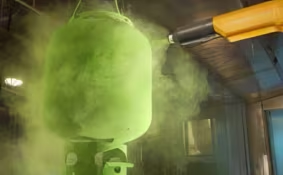

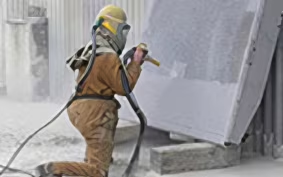
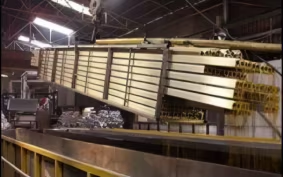
Powder Coating
SPRAY PAINTING
SAND BLASTING
CHROMATING
Powder Coating and Spray Painting
OUR SERVICES
POWDER COATING
Powder Coating
We are committed to delivering high-quality workmanship consistently. At Advance Sprayers, we are one of only a handful of applicators in South East QLD who are Dulux Accredited. Only Dulux Accredited Powder Coaters are able to issue Dulux warranties after demonstrating their capability to meet stringent quality conditions and international standards. Our powder coating team is very experienced with our two most senior coaters having more than 40 years experience between them. We use state of the art equipment including GEMA electrostatic powder guns, two powder coating booths and two natural gas fired ovens. While no job is too small, our large oven capacity allow us to coat jobs up to 7.5 m long. We can also handle large multiples using our overhead conveyor line. With access to Dulux, Akzo and Jotun products, we provide a wide range of finishes including: • Comprehensive selection of colours • Epoxy or polyester • Smooth, textured, or ripple effect • Gloss, satin or matt finish • Zinc-shield coating option for extra corrosion protectionSPRAY PAINTING
Spray Painting
We offer industrial and commercial two pack spray painting on all materials including metal, aluminium and timber. Our range is extensive from primers through to two pack epoxy, polyurethane, chemical resistant and marine grade coatings. We have a very experienced paint team headed up by our senior painter, Jamie, who has been with Advance Sprayers for over 25 years. We can paint to specification, can offer warrantees on approved jobs & quality assurance reports and documentation, if required. Our facilities include : • Large filtered spray booths • Conventional, airless and air assisted spray equipment • Clean air room – providing an air tight, dust-free environment for a perfect finish • Overhead conveyor line – for jobs in large multiples • We can accommodate all job sizes from small household items through to large jobs like communication towers and light polesSand Blasting
We have two on-site sand blasting rooms, which means we can coat our jobs within the Australian Standard of not more than 4 hours between blasting and coating. Sand blasting cleans the steel of any rust, scale or imperfections, giving a clean surface to coat and as well as a profile the paint and powder can adhere to. We can sand blast to specification to meet Australian standards and provide quality assurance documentation if required. Our large room is 6000mm x 3800mm x 2500mm to handle most bigger jobs, but we also have a smaller room, perfect for efficiently handling a multitude of smaller jobs.
TM
Monday
7am - 3pm
Tuesday
7am - 3pm
Wednesday
7am - 3pm
Thursday
7am - 3pm
Friday
7am - 3pm
Saturday
CLOSED
Sunday
CLOSED
SAND BLASTING
CHROMATING
Chromating
We have a six stage chromating process for the preparation of aluminium, cleaning the surface with acid and water, dipping in chromate and washing in deionised water. This gives the aluminium protection against corrosion, as well as providing adhesion for the powder coating. To reach Dulux accreditation standard, we use a reverse osmosis water purification system to achieve iron levels of less than 30 parts per million in our final rinse tank. This allows us to give warrantees on powder coated aluminium products. We can accommodate jobs large and small with our 4500mm long x 2000mm high chromating tanks.



Powder Coating
SPRAY PAINTING
SAND BLASTING
CHROMATING
Powder Coating and Spray Painting
Powder Coating and Spray Painting
